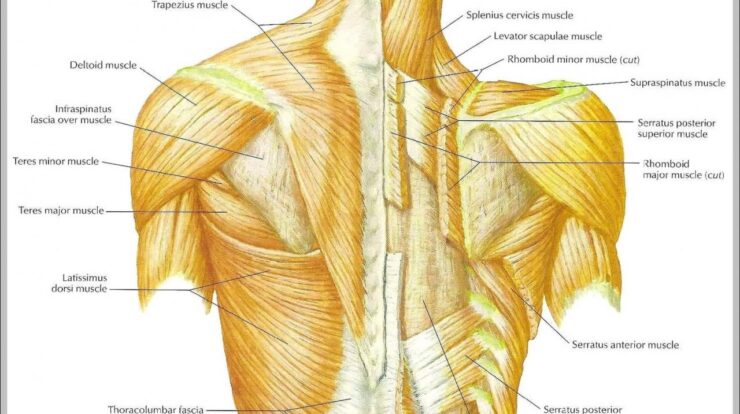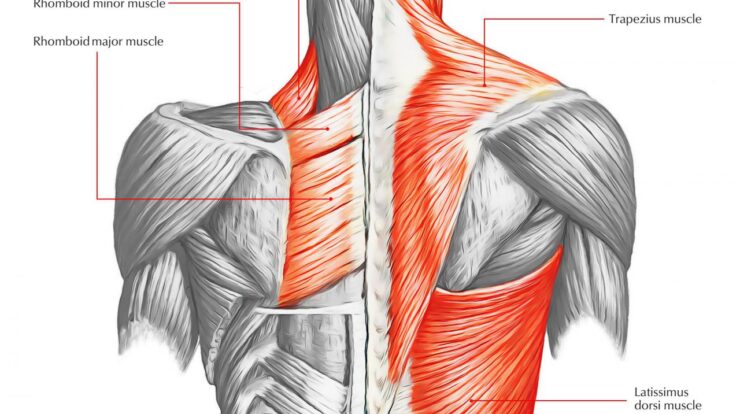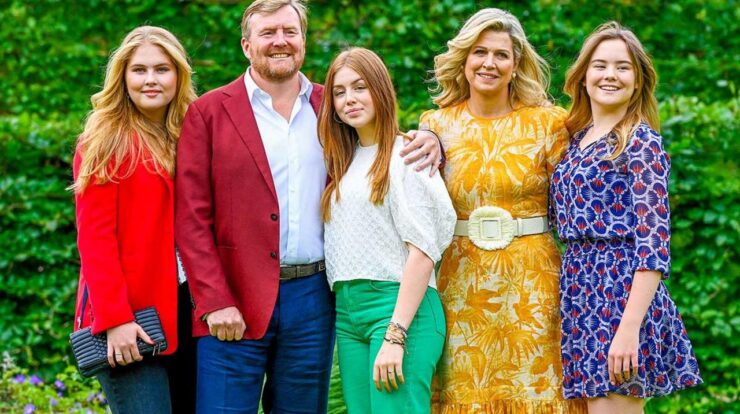
Step into the regal world of the Netherlands and its esteemed monarch, King Willem-Alexander. From his early life and education to his reign and the multifaceted role he plays in Dutch society, this comprehensive guide unveils the fascinating story of the Netherlands King.
As the constitutional monarch, King Willem-Alexander embodies the unity and stability of the Netherlands, while his involvement in various initiatives showcases his commitment to progress and innovation.
Willem-Alexander, King of the Netherlands
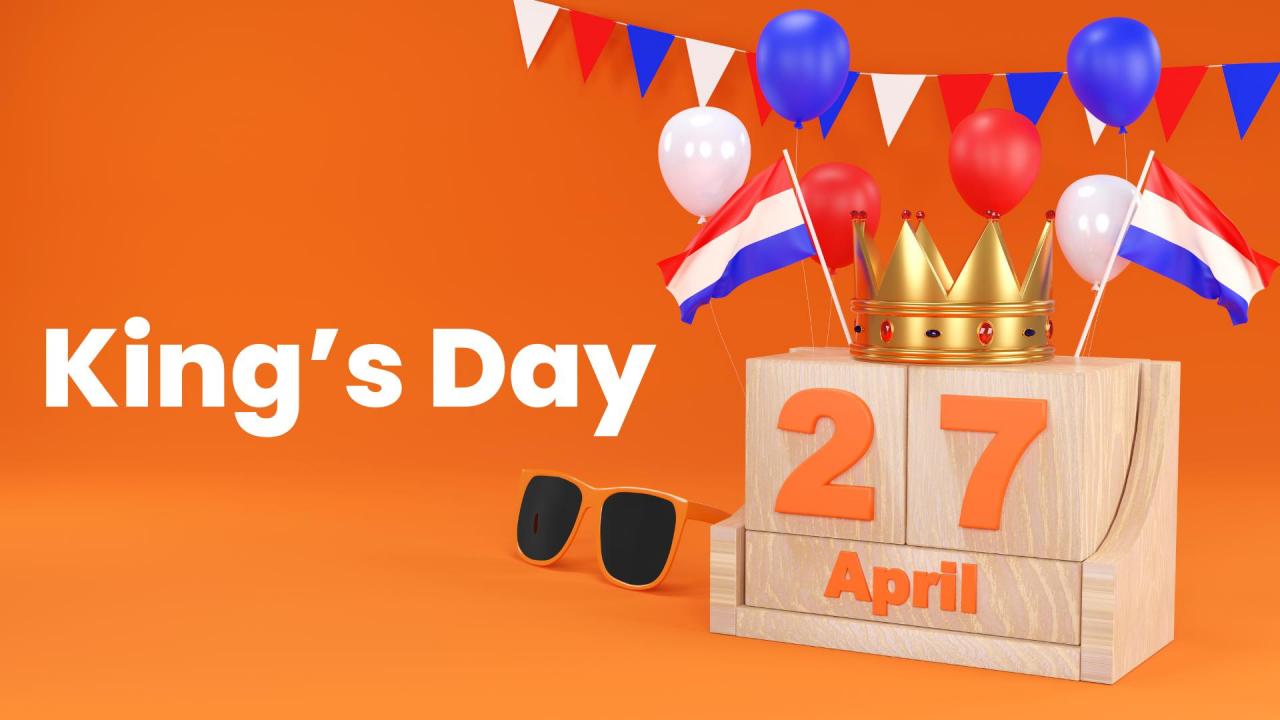
Willem-Alexander is the current King of the Netherlands. He was born on 27 April 1967, in Utrecht, Netherlands. He is the eldest son of Princess Beatrix and Prince Claus. He has two younger brothers, Prince Friso and Prince Constantijn. Willem-Alexander attended the University of Leiden, where he studied history.
He also studied at the Royal Military Academy in Breda. In 2002, he married Máxima Zorreguieta Cerruti. They have three daughters: Princess Catharina-Amalia, Princess Alexia, and Princess Ariane. Willem-Alexander became King of the Netherlands on 30 April 2013, following the abdication of his mother, Queen Beatrix.
He is the first male monarch of the Netherlands since 1890.
Role and Responsibilities, Netherlands king
As the constitutional monarch of the Netherlands, Willem-Alexander has a largely ceremonial role. He is the head of state and the symbol of national unity. He opens parliament, signs laws, and appoints ministers. He also represents the Netherlands at official functions and on state visits.
Willem-Alexander is also the commander-in-chief of the armed forces.
Involvement in Organizations and Initiatives
Willem-Alexander is involved in a number of organizations and initiatives, both domestic and international. He is the patron of the Prince Claus Fund, which supports cultural and development projects in Africa, Asia, and Latin America. He is also the patron of the World Water Council, which promotes sustainable water management.
History of the Dutch Monarchy: Netherlands King
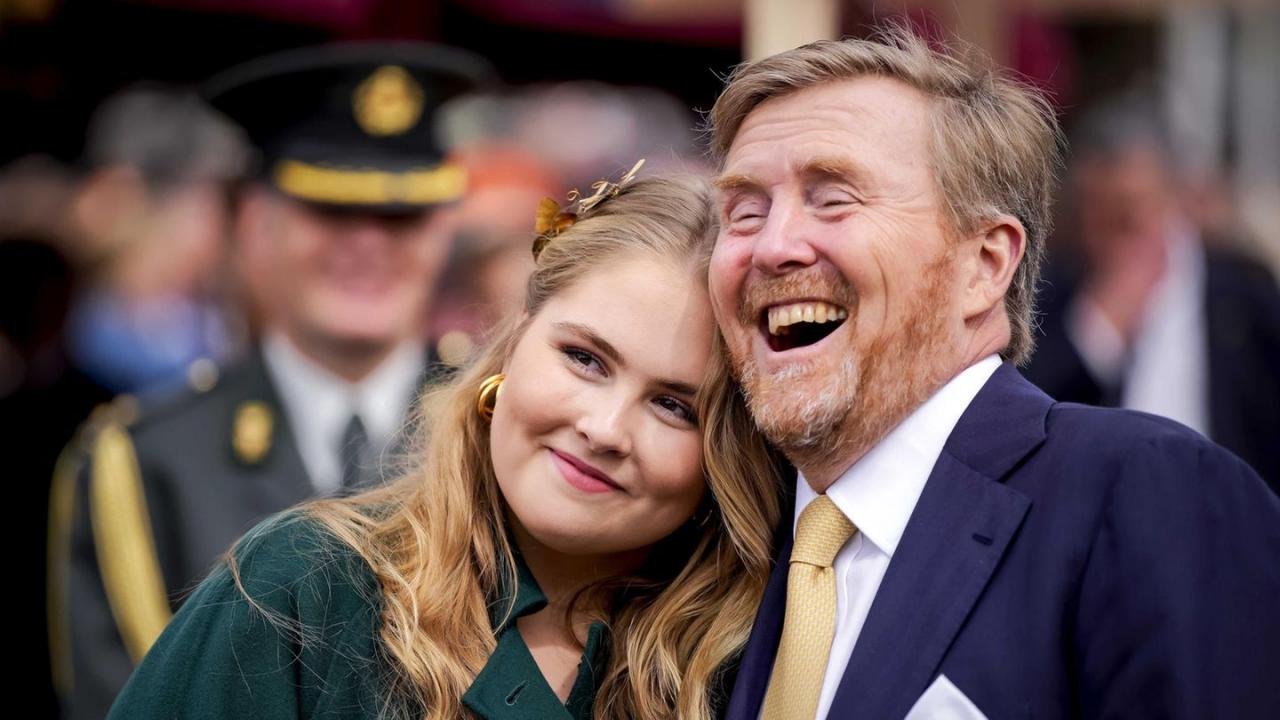
The Dutch monarchy was established in 1581, when the Netherlands declared independence from Spain. The first monarch of the Netherlands was William the Silent, who was also known as William of Orange. The House of Orange has ruled the Netherlands ever since.
The Dutch monarchy has played a significant role in the history of the Netherlands. The monarchs have led the country through wars, economic crises, and social change. They have also been instrumental in the development of Dutch culture and society.
Timeline of Key Events
1581
The Netherlands declares independence from Spain. William the Silent becomes the first monarch of the Netherlands.
1648
The Dutch Republic is established. The House of Orange continues to rule the Netherlands.
1795
The Netherlands is invaded by France. The Dutch monarchy is abolished.
1813
The Netherlands regains its independence. The House of Orange is restored to the throne.
1830
Belgium declares independence from the Netherlands.
1848
The Netherlands becomes a constitutional monarchy.
1940
The Netherlands is invaded by Germany. The Dutch monarchy goes into exile in London.
1945
The Netherlands is liberated from German occupation. The Dutch monarchy returns to the Netherlands.
2013
Queen Beatrix abdicates. Willem-Alexander becomes King of the Netherlands.
Role of the Monarchy in Dutch Society and Culture
The Dutch monarchy has played a significant role in shaping Dutch society and culture. The monarchs have been patrons of the arts and sciences. They have also been involved in the development of Dutch social and economic policies. The Dutch monarchy is a symbol of national unity and pride.
Final Conclusion
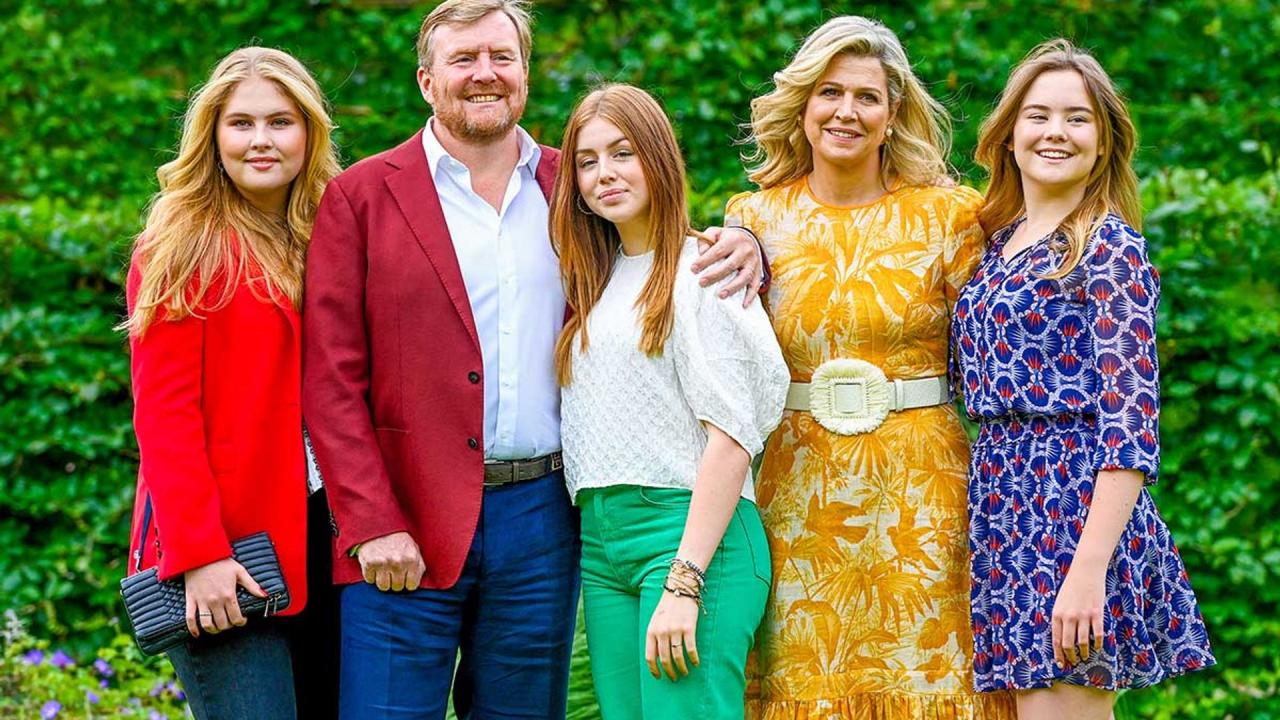
The Dutch monarchy, with King Willem-Alexander at its helm, continues to evolve, adapting to the modern era while preserving its rich traditions. Its enduring legacy and relevance in Dutch society and international relations ensure that the monarchy remains an integral part of the nation’s identity and future.
FAQ Resource
What is the role of the Netherlands King?
As the constitutional monarch, the Netherlands King serves as the Head of State, representing the unity and stability of the nation. The King’s role is largely symbolic, with limited political power, but he plays a crucial role in forming governments, signing laws, and promoting the Netherlands’ interests both domestically and internationally.
What is the history of the Dutch Monarchy?
The Dutch Monarchy traces its origins to the 16th century, with the establishment of the House of Orange-Nassau. Over the centuries, the monarchy has played a significant role in shaping Dutch society, culture, and international relations.
Who are the members of the Dutch Royal Family?
The Dutch Royal Family consists of King Willem-Alexander, Queen Máxima, and their three daughters: Princess Catharina-Amalia, Princess Alexia, and Princess Ariane. Each member of the family has their own unique roles and interests, supporting the King in his duties and representing the Netherlands at home and abroad.
What are the main functions of the Royal Palaces in the Netherlands?
The Royal Palaces in the Netherlands serve both official and private functions. The palaces are used for state receptions, ceremonies, and official meetings, while also providing living quarters for the Royal Family. Each palace has its own unique history and architectural significance, reflecting the rich cultural heritage of the Netherlands.
How has the Dutch Monarchy evolved in the modern era?
The Dutch Monarchy has undergone significant changes in the modern era, adapting to the changing social and political landscape. The monarchy has become more accessible and transparent, with the Royal Family actively engaging with the public and embracing new technologies to connect with citizens.

